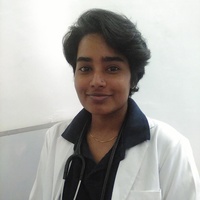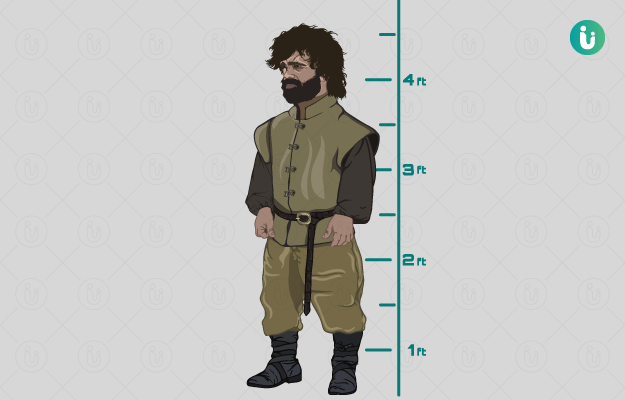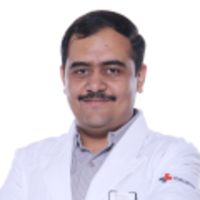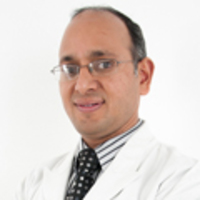Many of us would know the term dwarf from the childhood story Snow-white and the seven dwarfs. In reality, any adult shorter than 4 feet, 10 inches is considered to be a dwarf. Dwarfs may have small stature but they have normal intelligence.
Dwarfism refers to a group of conditions in which one's skeletal growth is shorter than normal. This leads to shortness in the arms and legs or trunk. This abnormal skeletal growth can either be diagnosed before the birth of the baby (in prenatal checkups) or at birth.
There are more than 100 different causes dwarfism, out of which achondroplasia is the most common. It results in shorter arms and legs while the trunk remains normal and the head gets larger. People with dwarfism are more likely to give birth to a dwarf baby. The other causes of dwarfism involve genetic conditions, chronic kidney disease, and problems with the baby's metabolism.
Dwarfism can also cause other health problems such as accumulation of fluid around the brain, curving of the spine, and even breathing problems. But the good part is that all these conditions are treatable. With proper medical care, most people with dwarfism can live active lives. Treatments like growth hormone treatment and leg-lengthening treatments can also help in increasing the height of the person.

 Doctors for Dwarfism
Doctors for Dwarfism  OTC Medicines for Dwarfism
OTC Medicines for Dwarfism













































